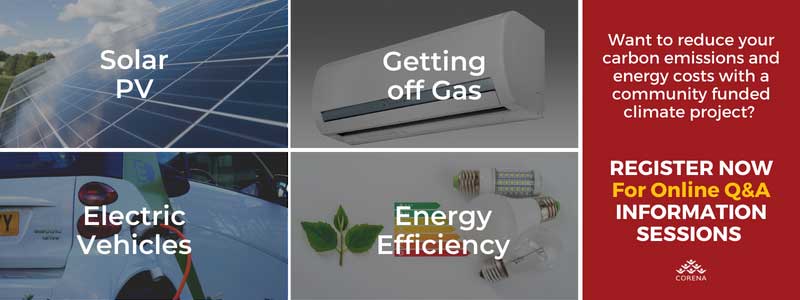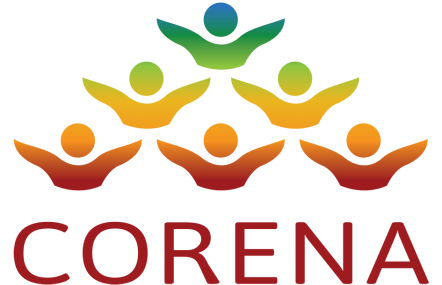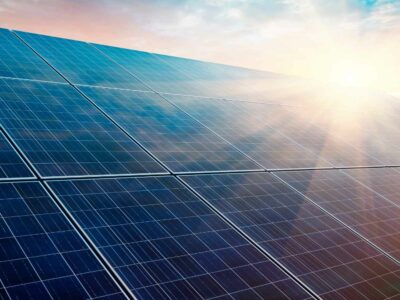If you are a non profit, charity, community organisation or social enterprise considering how renewable energy could benefit both your organisation and the planet, we’ve put together a comprehensive solar panels guide. Read on to learn important things about solar as well as what to consider in order to get you the right product.
Solar systems can provide many benefits to organisations – often drastically reducing your carbon footprint and operating costs. CORENA works with a wide range of not for profits, providing interest-free loans to install solar panels and other energy efficiency measures.
Before we get into all of this, let’s first look at…
Why Solar Panels Are A Top Renewable Energy Source
There are several key reasons why solar panels are the most popular type of renewable energy source and key pillar of decarbonisation efforts in Australia. Apart from the fact that many parts of the country enjoy a high average number of sunshine hours, other key benefits include:
- Solar panels are easily scalable – the number of solar panels can be increased depending on the needs of your organisation
- Solar panels are ideal for urban areas – panels are quiet, unobtrusive and relatively easy to get permits for
- Solar panels are low maintenance – once installed they are easy to look after and have the potential to last for many years with minimal issues
- Solar panels can power EVs – learn more in How To Make The Most Of Your Solar Panels To Charge Electric Vehicles
- Solar & battery systems can improve resilience – learn more in How Organisations Can Strengthen Their Energy & Climate Resilience

What Are Solar Panels?
A solar panel sometimes called a solar electric panel or a photovoltaic (PV) module is a large group of photo-voltaic cells installed in a framework. They use sunlight as their source of energy and generate direct current (DC) electricity, which is electricity that flows in one direction. This is in contrast to the electricity, which comes from a power station. That sort of electricity is alternating (AC). This means it changes its direction many times in a second. Our appliances need AC power – this is why your solar PV system has an inverter which changes the DC power to AC.
There are different types of panels available. Common types are monocrystalline and polycrystalline. Less common are thin film, half cut and shingled.
Commercial panels are usually larger and heavier than their residential cousins. The installer will select the best sized panels and type of panel based on the size and shape of your roof.
Important Considerations Before Purchase
Buy Quality Solar Panels
It\’s important to go for a high quality panel. There is a great guide to reputable solar panel and inverter brands by Solar Quotes.
How much does it cost to buy and install solar panels?
It is important to carefully assess your needs before making a purchase. CORENA can assist you with this process as they can be a significant investment. The cost for commercial use solar panels varies by state and the system size but a good rule of thumb is approximately $1,000 per kW. So a 20kW system should cost around $20,000 installed (including the STC discount). Solar Quotes also keep an up-to-date price index available on their website.
Warranty
It is important to consider the warranty length and or the quality/efficiency of the panels when making your purchasing decision. Investing in more expensive higher-quality solar panels is often the most sensible choice over the long term as you will minimise the need for maintenance and replacements
You should also consider a panel’s \’degradation\’ over time. Unfortunately, solar panels lose some efficiency over 20-30 years. This doesn’t mean they stop functioning, they’ll just produce a little less power than before. There are some top-tier panels that claim to be over 90% efficient for 25 years.
While the panel performance warranty is important, it is difficult to prove when panel performance has actually degraded. More importantly, when asking for quotes, we recommend your installer include the following warranties as a minimum in case of total failure of the panel, inverter, or the system as a whole:
- Solar panels product warranty – 12 years
- Inverter warranty – 10 years
- Installation workmanship warranty – 5 years
Solar Inverters
Earlier in this article, we mentioned that solar panels create direct current (DC), while the electricity in our homes and work uses alternating current (AC). This is where solar inverters come in.
Inverters are an essential component of any solar system. There are various types: string inverters, microinverters, and central. Unless your organisation is very large, it\’s almost certain you will have one of the first two. Your installer will choose an appropriate inverter for your site.
The inverter is the part of your system that is most likely to fail so it is often worth it to spend a little more on a good quality brand that has a 10 year warranty. There is a great resource about reputable solar panel and inverter brands on the Solar Quotes website.
Choosing a good location for your inverters is a key consideration of solar panel installation. Best-practice installation sees inverters put in a cooler place as excess heat reduces their efficiency and shortens their life. If possible, have them installed in an accessible spot so you can access the screen to check if your system is working. This can be difficult if the inverter is on the roof!
The inverter will also need to have a clear area around it to allow for ventilation so avoid storage areas if your storage spaces are limited. Inverters can make a humming noise, so don\’t install them where people are working or in a space where you need silence.
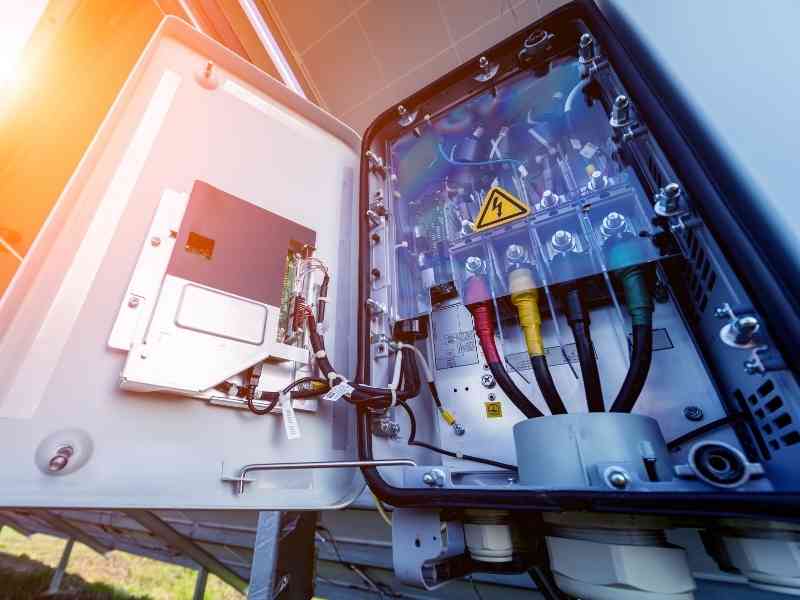
Solar Panels Installation
As with most things, solar installation must be done properly in order to make the most of your investment, maximise its benefits, and prevent issues over time.
Unfortunately due to the size of the solar panels market in Australia there are some shoddy installers around. We suggest when you get a quote to ask for the name and CEC accreditation number of the designer and installer of the system.
All individual solar designers and installers need a Clean Energy Council Accreditation number – accreditation is only available to individuals. Accreditation is similar to an electrician or plumber licence and ensures they have the proper qualifications to install the system.
This differs from Clean Energy Council membership, which is available to businesses, and the Approved Solar Retailer program, which is only available to qualifying solar and storage retail businesses.
Thankfully though, there are some great online resources that can help you to find a reputable installer including this Solar Quotes database. CORENA can also provide free support to make sure your organisation’s installation is in safe hands.
You can actually request quotes directly through Solar Quotes. If you are a non profit or for purpose business, you can also request your information be sent to CORENA to learn about our interest free loans.
Another resource is to search in your area via the Clean Energy Council Approved Solar Retailer list.
As well as using Clean Energy Council approved designers and installers, these companies have adopted a code of conduct and should offer a 5 year whole of system warranty.
Learn more in How To Find A Certified Solar Panels Installer & Get A Good Quote
Solar Panels Design
Your installer should consider a range of factors when designing your panels. Proper safe and effective solar panel installation needs to take into consideration a range of factors.
Mounting The Panels
Usually, with smaller buildings, panels are mounted on roofs by what is called racking, a system to safely fix solar panels to various surfaces. As with the panels and inverters, there is a lot of variety with most racking made of aluminium.
Solar Panels Direction & Compass Orientation
The orientation and direction of the panels are important for maximum energy production but it is still possible to get good production even with an unfavourably oriented roof.
In the past, when panels were significantly more expensive, west, east and south facing roofs were considered not viable for a return on investment. Now as the cost of solar panels has dropped so much that even with lower production the overall returns are often excellent.
Many energy retailers will now also pay higher feed in tariffs for energy produced in peak periods in the afternoons and early evenings. This would mean that installing panels on a west facing roof would be beneficial. If your organisation uses more power in the morning you may want to install panels on an east facing roof. A good installer will orient your system based on this information.
Panel Angle
The optimal angle for your panels varies from state to state, territory to territory.
For instance, the ideal panel angle for best annual energy production in Canberra is 30o, while in Brisbane, it is 24o. Solar Calculator has a great guide for more in-depth information about your location and best solar panel angles on their website.
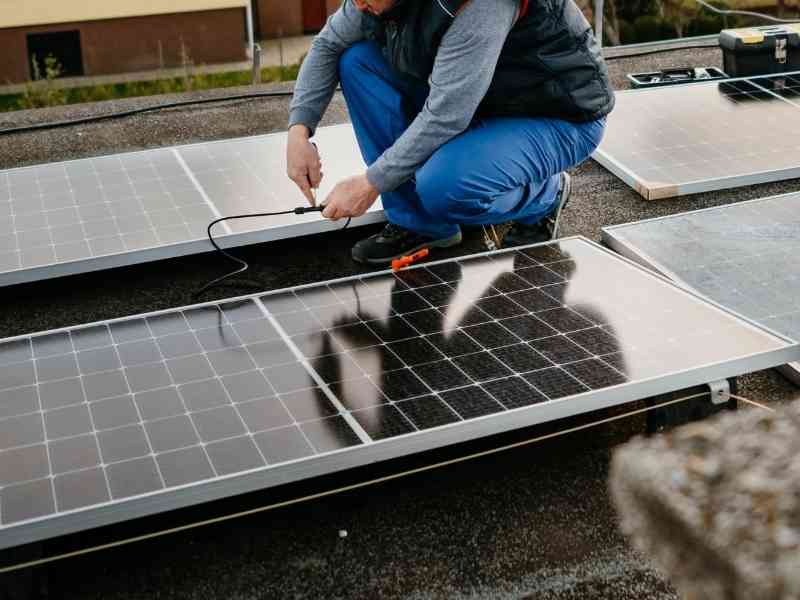
Shading
Your installer should assess your roof for shading from trees, aerials and other infrastructure on your roof prior to installation. Major shading may mean that production could be drastically affected but some shade can be managed. If only part of one panel is shaded, a normal inverter will be forced to drop their production for the whole string of panels, wasting an opportunity to generate energy. In the event of shade, installing microinverters and optimisers can allow each individual panels to maintain their production. They can cost a bit more, but may be worth it for increased production on a partially shaded roof.
You may be tempted to cut down or trim a tree to reduce shading and improve solar production, but remember that trees help cool your environment in summer and can reduce the amount you need to use your air conditioner. We like solar panels – but trees are important for tackling climate change too! Talk to your installer about what your options are to maximise production from your design.
How are solar panels checked and monitored?
Once installed, you should monitor how much electricity is coming from the panels. Inverters usually come with a device, which informs you of electricity production.
While most inverters can inform you about how much energy is coming from your panels, it is also useful to know where and how this power is being used. This can be shown by a consumption monitor. You can get solar energy monitoring apps which go on your smartphone so you can use this information to improve your energy usage. You might find it better to run certain appliances during the day rather than at night.
Learn more in How To Benefit Most From Your Organisation’s Solar Panels
Excess Solar Power Production
Sometimes your solar system produces more power than you need. In that case, you could actually export the excess power back to the local grid, however we usually encourage organisations to use as much of their own solar energy they produce as possible. Power companies genrally do not pay back as much as they would charge you for power if you did not have your own solar.
On other occasions, your premises may use more power than what is being generated from your solar system. At that time, the grid will provide the amount you need.
Most non profits usually work during the day when the sun is shining so are ideally placed to self consume their own solar electricity.
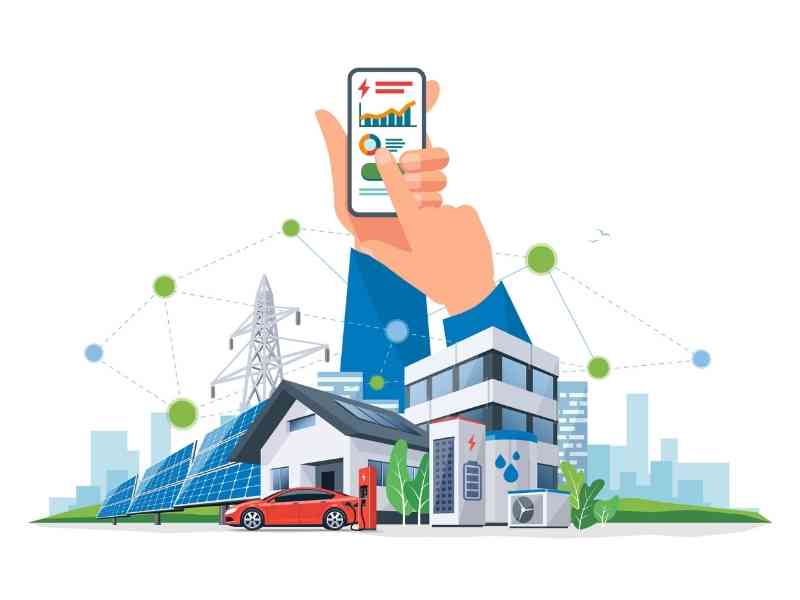
Plan for Future Use
When installing your solar panels let your installers know about your future plans for the building. That way they can size your system to generate additional power to allow for that.
If you are expecting your organisation to grow in the future, charge future Electric Vehicles or shift from gas hot water and space heating to efficient electric alternatives like heat pumps you might need a bigger system. Planning to install extra panels for your future needs means you can utilise your clean, free renewable electricity and reduce your gas and fuel bills.
Batteries – Are they necessary?
You can store excess power from solar in a battery system. These batteries can be used when the sun is not shining or when your solar system is not generating sufficient energy to coverage your usage. Batteries can give you peace of mind from the knowledge that you will still have clean energy irrespective of the grid.
If you have a really good solar battery, reductions in your grid electricity use can be as much as 95%. However, batteries do have significant costs to be considered.
Without a rebate, battery costs can be almost prohibitive with small batteries costing approximately $5,000 – $15,000, depending on the brand and specifications. If you use most of your own solar energy when it’s produced during the day, it’s unlikely you would need a battery to store excess energy for use at night.
Learn more in Solar Batteries: Why, When & How To Use Them
Solar Rebate
The Small Scale Technology Certificate (STC) scheme, acts as a discount on the final cost of solar for installations under 100kW prices advertised by installers generally include this discount, which is worth more than $430 per kilowatt of solar panels installed in 2022, but this varies slightly on the nature and location of your premises. Over time the solar rebate will be slowly being reduced to zero. The rebate reduces by one-ninth of today’s value every January and reaches zero in 2031.
Your installer will apply for the STCs on your behalf. In your quote, check for the number of STC certificates and the cost per certificate. You will need to sign a form after installation assigning the certificates to the installer. If your non-profit is large, it may be worth it to install a system greater than 100kW. In this case, you earn a different type of certificate called a large scale generation certificate (LGC). This certificate is paid annually instead of an upfront discount.
Price Considerations
In mid-2022, you can expect prices for good quality solar panel systems in Australia, which include the full installation of about:
- 5kW: $5000 – $8,000
- 6.6kW: $6000 – $9,000
- 10kW: $9000 – $15,000
Higher prices include top quality installation by the very best in the market. These prices include the discount from the solar rebate.
There are further but not show-stopping costs when you install micro-inverters or another system over a string inverter. If you opt to do this then your inverter costs increase by about 20%.
As a general rule, avoid solar systems that are cheaper than the above prices. Even though the upfront initial cost might be better, in the long run over time, they may cost a lot more, from all the necessary repairs and the deterioration.
The money you can expect to save by using solar power depends on several factors:
- The size of your system, as measured in kW
- The output of your solar power system
- The ‘self-consumption ratio’. This is a comparison of how much solar electricity you use on your premises vs your system’s exports to the grid.
- The feed-in tariff -what you’re paid for excess power. These vary from company to company, state to state.
- What you pay for grid electricity.
CORENA can help you work out how much your savings are likely to be as well as robust financial measures like Payback Period, Internal Rate of Return and Net Present Value which you can use to argue internally for your project.
Carbon Savings
Generating your own renewable energy with solar panels can reduce your organisation’s carbon emissions significantly and should be a major part of any climate action or sustainability plan.
Solar Panels Funding for Non Profits
Apart from applying for grants and rebates, here at CORENA, we can provide free technical advice and zero interest funding to community organisations looking to reduce their emissions and green their energy consumption. We are funded by donations from local community members across Australia. Donations help us fund:
- Solar Panels
- Installing energy efficiency measures such as switching to efficient alternatives or installing insulation
- Getting Off Gas – Replacement of fossil gas appliances with electric alternatives
- Electric Vehicles
- A combination of the above
Learn more in 5 Ways CORENA Helps Non Profits Reduce Carbon Emissions & Energy Costs
Interest Free Solar Panels Loan For Non Profits, Community Organisations, Charities, & Social Enterprises
You don’t pay any interest on your CORENA loan, and the quarterly loan repayments are set to be a little less than the savings on your operating costs averaged over a year. This means you are never out of pocket. After your loan is fully repaid, you will reap the full financial benefit of having lower operating costs.
To learn more, check out how to apply for a loan, or register for one of our upcoming Online Q&A Information Sessions.
